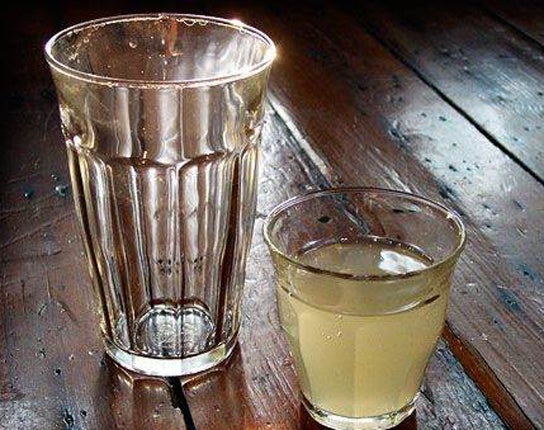The Secret History Of: The Duralex glass range

Your support helps us to tell the story
From reproductive rights to climate change to Big Tech, The Independent is on the ground when the story is developing. Whether it's investigating the financials of Elon Musk's pro-Trump PAC or producing our latest documentary, 'The A Word', which shines a light on the American women fighting for reproductive rights, we know how important it is to parse out the facts from the messaging.
At such a critical moment in US history, we need reporters on the ground. Your donation allows us to keep sending journalists to speak to both sides of the story.
The Independent is trusted by Americans across the entire political spectrum. And unlike many other quality news outlets, we choose not to lock Americans out of our reporting and analysis with paywalls. We believe quality journalism should be available to everyone, paid for by those who can afford it.
Your support makes all the difference.Hands up if you drank from these at primary school? Thought so. These rounded French glasses are a design classic found in French bistros and schools the world over. Rumour has it there is even a picture of Osama bin Laden holding a Duralex glass.
The school version is called the Gigogne – slightly rounded and very plain. The more common – and perhaps more copied – is the Picardie.
Described as "the ultimate drinking vessel created by man", the other famous characteristic of these glasses was the tiny number on the base that sat beside the round Duralex logo. The numbers went from one to 48. There has been much speculation as to what they really mean. It is, apparently, simply the number of the mould from which the glass emerged.
The beauty of these glasses is that they are stackable, suitable for hot and cold drinks, chip-resistant, microwave-proof and dishwasher-safe. Hence their popularity in schools and cafés.
Alex Dexter, of www.objectsofuse. com, says the glasses are still extremely popular, not least because they are so affordable.
"We were determined to have them when we set up the company a year ago as they are such classics. They sell really well, which is probably a mix of the price, the nostalgia and the classic design."
Duralex is tempered glass, a process developed by Saint-Gobain, which bought Duralex in 1934 and began manufacturing the glasses in 1939. This company had been involved in road safety, designing windscreens that would not shatter on impact.
The original publicity from the 1950s boasted that the glasses could be used as hammers, such was the strength of the glass. If it does break, it will shatter into small pieces rather than long dagger-shaped shards.
To achieve this durability, the glass is heated to 600C, then cooled very quickly, giving both transparency and an impact resistance of well over twice that of normal glass.
The factory was set up as a vinegar distillery in 1887. In 1930, it was sold to Coty, who wanted to make bottles for its perfume, but four years later, Saint-Gobain acquired the site and the glasses followed a few years later.
Such is the design status of the Duralex glass that the Gigogne has a permanent place in the Musée des Arts Décoratifs in Paris, and its design has remained virtually unchanged since it was first produced.
Join our commenting forum
Join thought-provoking conversations, follow other Independent readers and see their replies
Comments